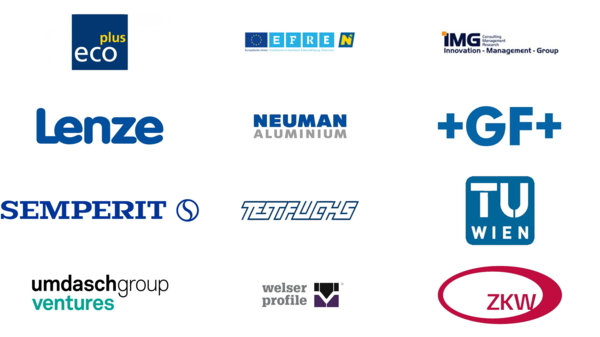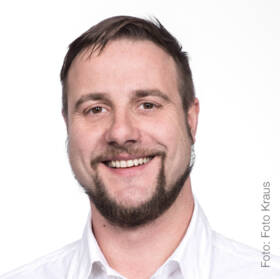Implementing prototypical tracking systems for different companies
Background
Tracking-systems for automatically monitoring production processes are one of the most sought-after technologies nowadays and will gain even more momentum due to the rising complexity of supply chain networks. Recording and processing positional data and data on the current state of vehicles, tools, goods, and load carriers (e.g., pallets) is summarized under the umbrella term “asset tracking” and already standard practise in several industrial branches (automotive, electronics etc.). Companies employing this technology see an improvement in controlling and supervising production processes, are less affected by losses of production, and benefit from a permanent availability of the present state of production.
Project Content and Goals
Setting up tracking & tracing technologies can be difficult. Companies often perceive a) high initial investments, b) a strong dependency on the providers of tracking & tracing devices, and c) an insufficient knowledge about the functional scope of these technologies as major challenges. To support companies in introducing tracking technologies, use cases are identified and prototypes are implemented in a common effort with researchers from St.Pölten UAS. The prototypes provide insight into how accurate the tracking works, whether the technology can be applied to the whole production chain (i.e., whether is has potential beyond a specific use case), and what an overall implementation would cost.
The main aims of the project are, on the one hand, to help companies to switch over to tracking technologies and, on other hand, to make companies familiar with what is possible with these technologies by offering first-hand experiences. The knowledge transfer has a strong basis through the close collaborations between the project partners and the different use cases. All this plays a vital role in gaining a better understanding of what tracking technologies can do.
Methods and Procedure
Each project partner develops a specific use case in collaboration with researchers from St.Pölten UAS. This use case is turned into a protype application on-site in the respective companies. The procedure is detailed below:
- Determining the status-quo: This includes identifying use-cases and evaluating the potential for optimizing current processes.
- Definition of specific use cases and implementation: Planning steps considering organisational structure, choice of technology, and aims of the companies involved; setting up interfaces and software components that are needed to implement a tracking& tracing device on-site.
- Test operation and evaluation: Trial run for several weeks; data collection and data analyses for evaluation.
- Technical documentation and knowledge transfer: Preparing a final report and a technical documentation; formulating concepts for system architectures, interfaces, and data security; providing information on operation costs and costs for staff-trainings on-site.
This project is co-funded by the European Regional Development Fund (ERDF).
You want to know more? Feel free to ask!
Digital Technologies Research Group
Institute of Creative\Media/Technologies
Researcher
Digital Technologies Research Group
Institute of Creative\Media/Technologies
Department of Media and Digital Technologies
- +GF+
- IMG
- Lenze
- Neumann Aluminium
- Semperit
- Testfuchs
- ZKW
- Umdasch
- Welser



